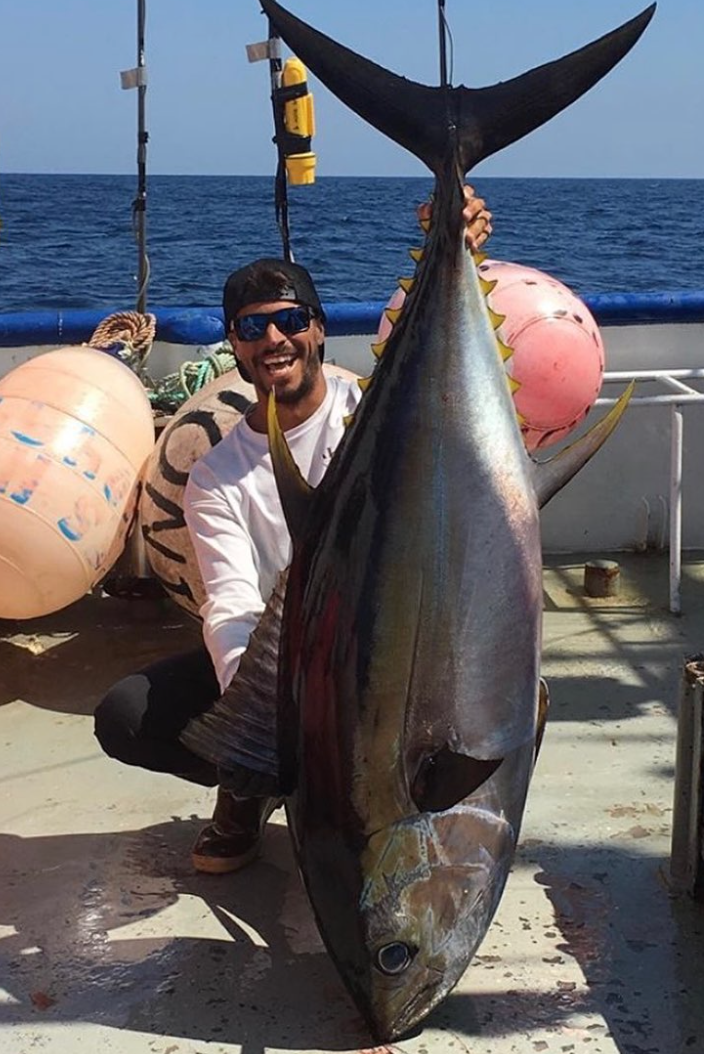
Tuna
About tuna
There are seven species of tuna, and they range in all types of sizes. The kinds of tuna that our fisherfolk reel in are bluefin, albacore, yellowfin, and bigeye. Tunas are known for their long migrations all over the world, and some can travel incredibly fast! For example, the Atlantic Bluefin Tuna and the Yellowfin are some of the fastest of their species, able to reach speeds up to 46 miles per hour! During migration, tuna must adapt many different kinds of temperatures particularly in cooler water. Through an intricate network of blood vessels just below their skin, tunas are able to heat themselves!
Storage and Cleaning
-
Keep the tuna refrigerated until you are ready to use it. It is best to use fresh tuna the day of purchase. If you need to store it, pat it dry, wrap securely in plastic wrap or foil and store in the coldest part of your refrigerator at 40°F or lower (optimum temperature of 32°F). We recommend using your fish within 2-3 days. If you know you won’t be able to use it by then, the sooner you freeze it, the better. Leftover cooked fish can be stored for up to 4 days.
-
To freeze, pat the tuna dry. Wrap each tuna steak with a couple layers of plastic wrap or foil. Place each steak into its own freezer bag or airtight container. If using a freezer bag, press out any excess air and seal as tight as possible. Tuna can be frozen for up to three months. After that, it will be safe to eat, but the quality and flavor will be degraded.
Cooking
- Your tuna does not need to be washed before cooking.
- Tuna can be seared, grilled, pan-roasted, and broiled! Check out our recipes page for inspiration!
Photo: @vikingvillagelbi, Viking Village fisherman shows his bigeye tuna catch
Last updated: 1/3/2023